Ballistic shields are protection equipment deployed by law enforcement agencies and emergency response team to stop or deflect bullets fired at their carrier. When choosing a ballistic shield, there are many factors users usually look for, which depends highly on the purpose and protection level, which influences the weight, size, shape and the need for other peripheral devices or features attached on the ballistic shields.
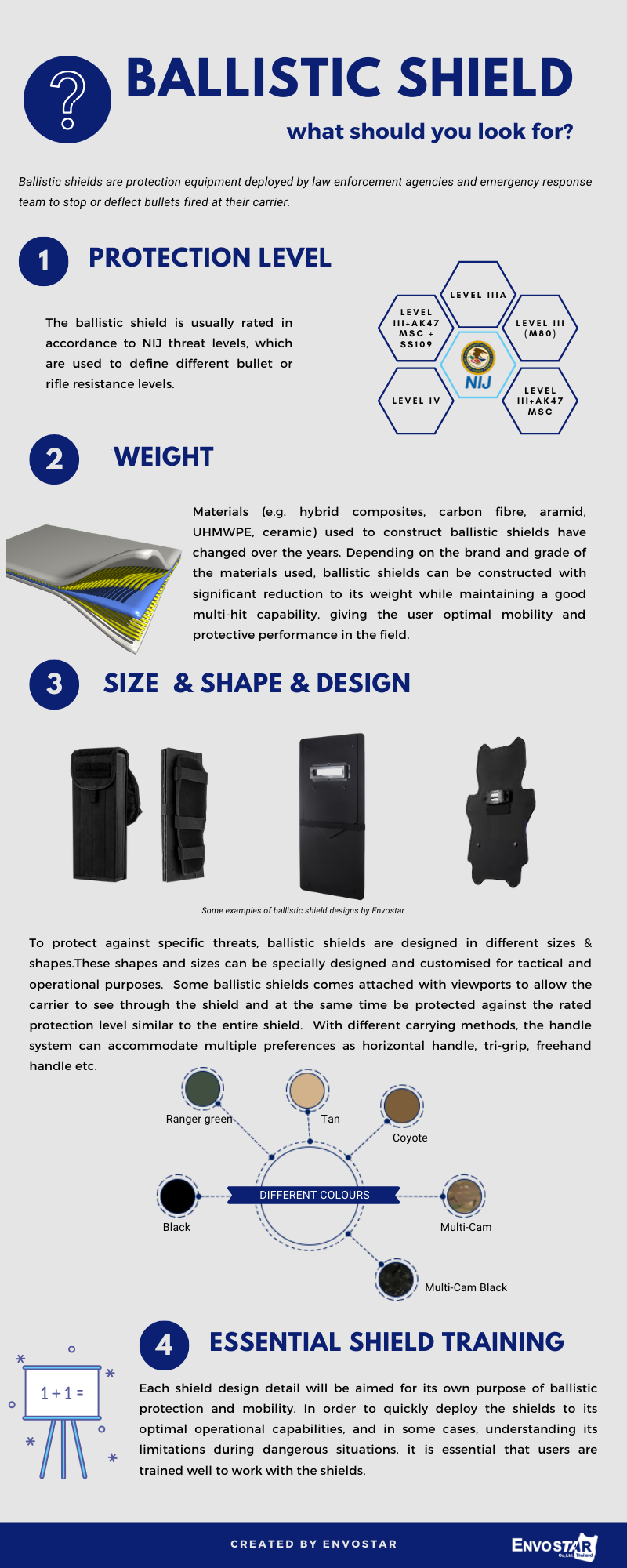
Protection level
The ballistic shield is usually rated in accordance with NIJ threat levels, which are used to define different bullet or rifle resistance levels. Currently, the common protection levels for ballistic shields are Level IIIA, Level III (M80), Level III+AK47 MSC, Level III+AK47 MSC + SS109 and Level IV. Each level is defined for different types of attacks, and users have to take into consideration between protection (higher protection equals to heavier shields) and mobility (is also an important expect of protection) to set their ballistic protection and operational requirements.
Weight
Materials (e.g. hybrid composites, carbon fibre, aramid, UHMWPE, ceramic) used to construct ballistic shields have changed over the years. Depending on the brand and grade of the materials used, ballistic shields can be constructed with a significant reduction to its weight while maintaining a good multi-hit capability, giving the user optimal mobility and protective performance in the field.
Size, Shape, Design
To protect against specific threats, ballistic shields are designed in different sizes and shapes. These shapes and sizes can be specially designed and customised for tactical and operational purposes.
Some ballistic shields come attached with viewports to allow the carrier to see through the shield and at the same time be protected against the rated protection level similar to the entire shield. The viewports are designed in various sizes and shapes with strong materials like polycarbonate or ballistic resistant glass. To further reduce weight, to avoid using viewports, some users can also choose to replace the viewports with micro-cameras and periscope-like devices that can be easily integrated on the shields. Connecting the micro-cameras to an active data processing capable device that is attached to the user side of the shield will not only replace the function of the viewport but also provide possible enhancements to team coordination, visual communication and planning.
Most ballistic shields come in black, however, it can also be painted in colours like Tan, Coyote, Ranger Green, Multi-Cam, Multi-Cam Black or with special paints that refract NIR which have the ability to conceal the user behind the shields from NVGs (See pictures below – We tested Envostar ballistic shields in green NVG, 3 shields in the picture but the centre shield is hidden from the NVG).
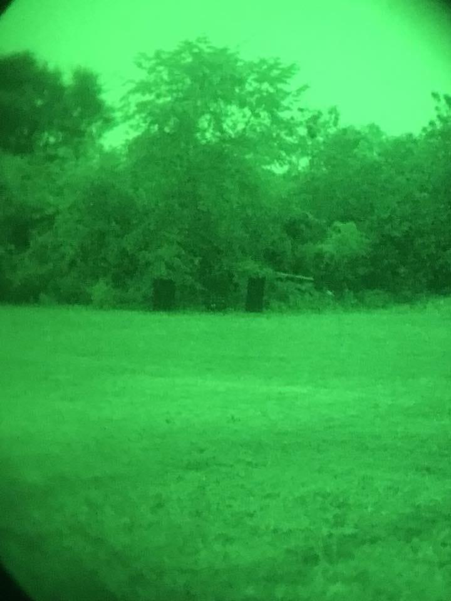
With different carrying methods, the handle system can accommodate multiple preferences as a foldable shield, horizontal handle, tri-grip, freehand handle etc. Some shields are specially designed with lighting functions (which comes with an integrated horizontal handgrip) and batteries for use in critical times.
Essential Shield Training
Each shield design detail will be aimed for its own purpose of ballistic protection and mobility. In order to quickly deploy the shields to its optimal operational capabilities, and in some cases, understanding its limitations during dangerous situations, it is essential that users are trained well to work with the shields. For example, Level IIIA shields are generally lower in protection levels (handguns) especially against rifle ammunitions and hence should never be used as a siege shield. However, during close quarter combat, a Level IIIA shield, being more highly mobile due to its lighter weight, and depending on its design can be very effective as an offensive ability during a close combat situation.

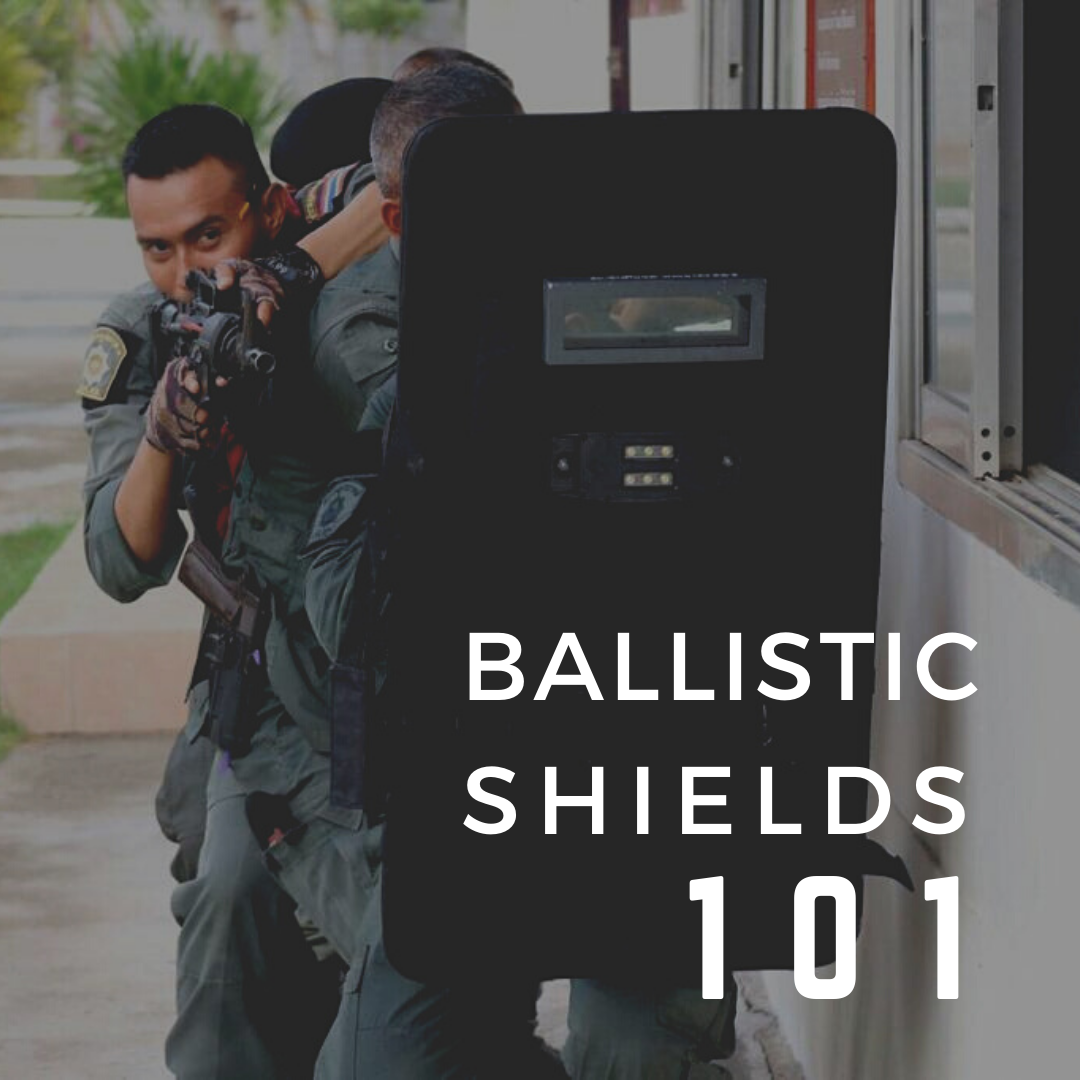

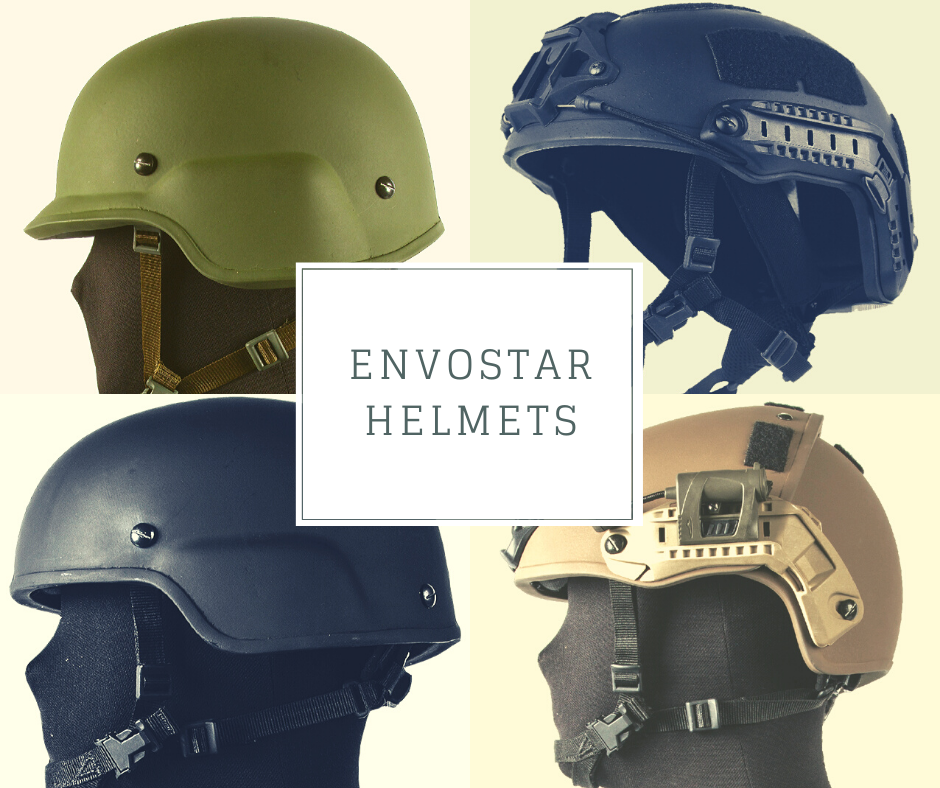
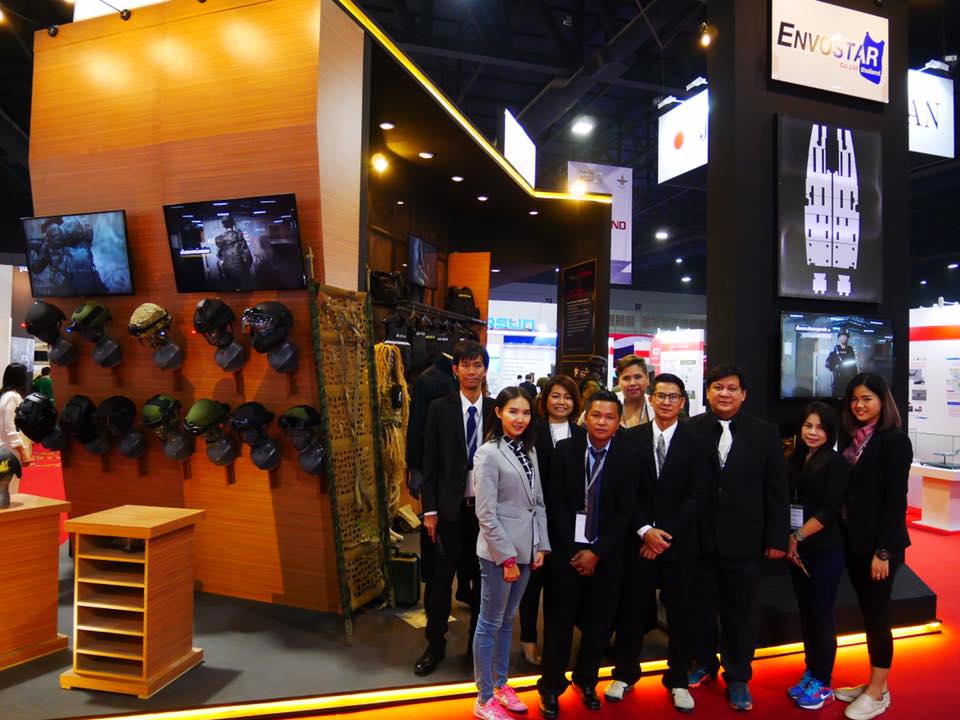
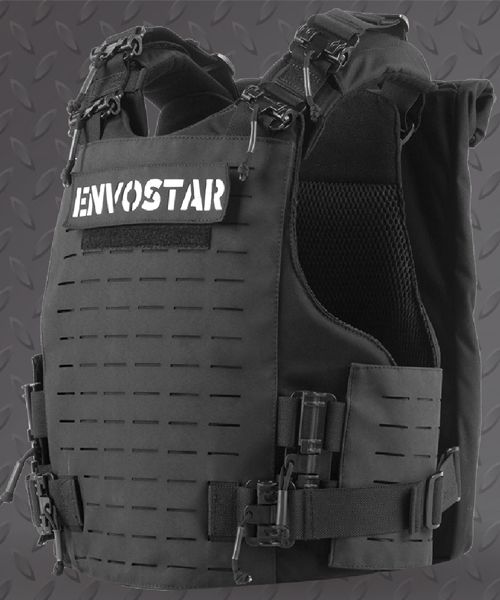
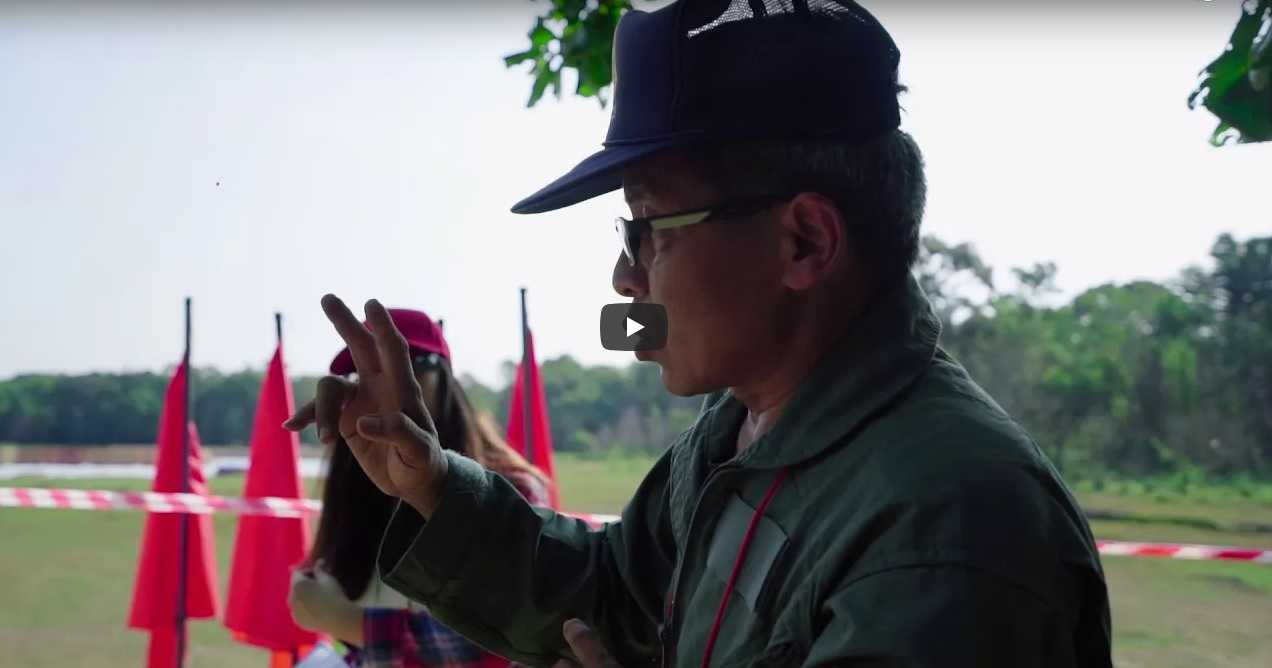
Leave A Comment